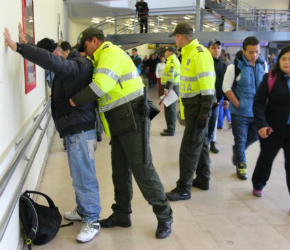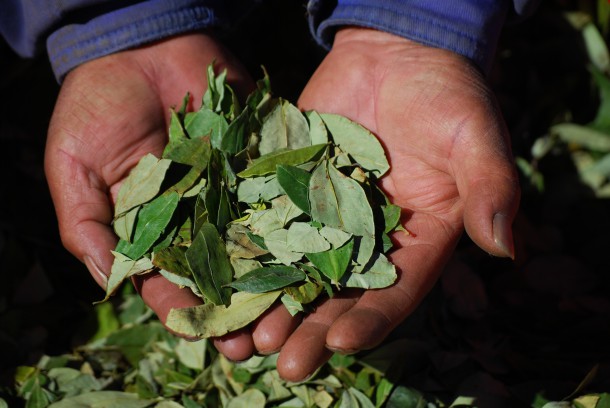Our regular roundup of the country’s COVID-19 cases
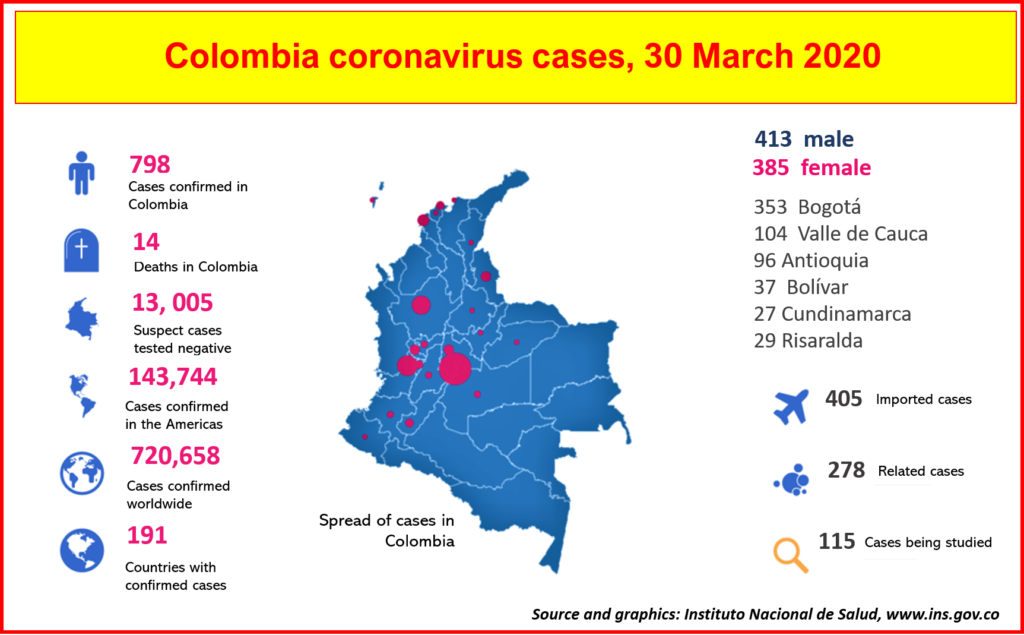
Key events since our last update:
- 190 new coronavirus cases in previous two days
- 798 cases reported since March 6
- 14 deaths so far, including two younger victims
- INS predicts 3,000 COVID-19 deaths in Colombia
Colombia’s COVID-19 cases are slowly rising but yet to see the rocketing growth experienced by other worse stricken countries. Is this good news? Or a calm before the storm? And how far can we trust the testing?
Latest figures show 798 confirmed cases and 14 deaths, with continued steady rises in the big cities – particularly Bogotá and Cali. The two most recent fatalities are a 63-year-old woman in Neiva and a 68-year-old man in Cali.
Data comes from Instituto Nacional de Salud, an oversight body charged with – among other things – compiling stats on transmissible diseases and testing for the COVID-19.
Read all our coronavirus in coverage here.
INS director Martha Lucía Ospina told El Tiempo this week that the respiratory disease was unstoppable and that “no health system in the world” could absorb the peak caseload of the disease. Even with containment, she said the virus could cause 3,000 deaths in Colombia.
“Every effort is made by the government to make a more effective health response, but we are talking about a minimum of around 3,000 dead,” she told El Tiempo. “We are not playing at creating fear, but understanding the epidemic’s capacity to kill. We don’t want that to happen, but mathematically it is a probability.”
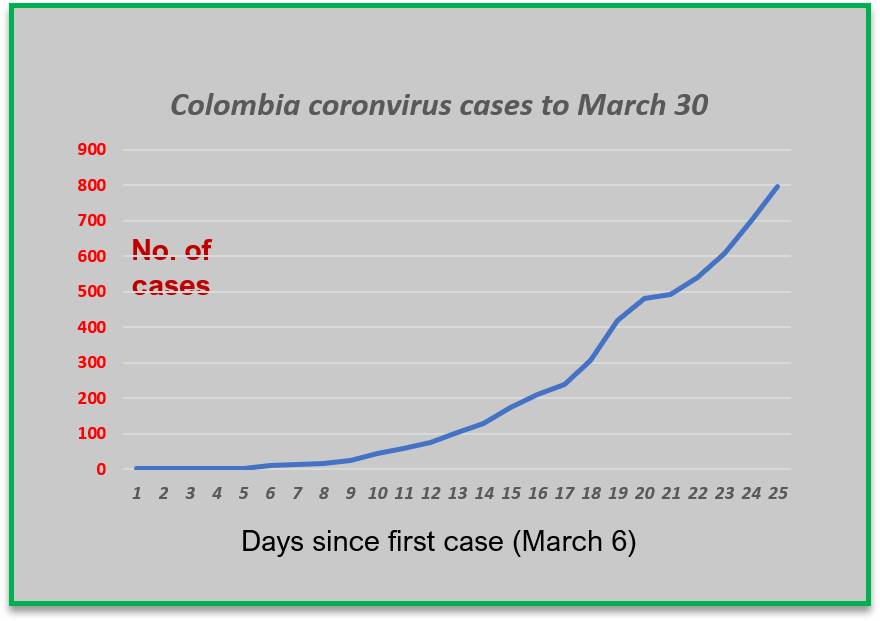
According to Dr Ospina, 80% of the people infected in Colombia with COVID-19 would get only light symptoms.
Testing was improving with air patrols now able to collect samples from remoter parts of the country, she said. Test reagents had arrived in Colombia, but there was still a shortage of specialised equipment and trained staff. Despite the constraints, the INS expects to oversee 300,000 tests in the next two months.
Survival of the healthiest
In the last update, we suggested that Colombia’s young population (average age 30 years, with only 7.5% over 70 years old) could better resist the virus. Worldwide data for fatality rates and age ranges show that so far in the outbreak, people aged over 80 with the disease have a much higher probability of dying (15%) than younger folk (from 8% to 0.2%).
To date, the average age of Colombia’s 12 coronavirus deaths is 63 years with two people under 40. More surprising is that the average age of people currently hospitalised in intensive care in Colombia is 55 years, with several under 40 years old. This confirms the fact that coronavirus does not just kill los viejos.
How you can help vulnerable Bogotanos during the quarantine
What are the possible factors in severe cases in younger people? According to the U.S.’s Centre for Disease Control (CDC), coronavirus is complicated by:
- chronic lung disease or moderate to severe asthma
- heart disease with complications
- compromised immune systems (including those on cancer treatment)
- severe obesity (body mass index ≥40)
- diabetes, kidney problems, liver disease.
For example, one of Colombia’s younger deaths in Cali was a “36-year-old man with obesity and a smoker,” according to city authorities.
Perfect pandemic storm
According to a recent New York Times article, a country’s poor general health can create a “perfect pandemic storm”. In the U.S. cardiovascular disease in some form affects half the adult population, 36% are obese, and 10% have diabetes.
By some measures, Colombia is slightly healthier with adult obesity at 22%, diabetes in adults at 7%, and 25% with high blood pressure. But it’s far from perfect and worse than Asian countries that for dietary reasons often have less of these chronic diseases.
One contradiction of the current quarantine in Colombia is stopping people from getting out to exercise – a key factor in reducing chronic conditions such as high blood pressure. If quarantine continues, the country needs a plan to let people keep fit while maintaining social distance.
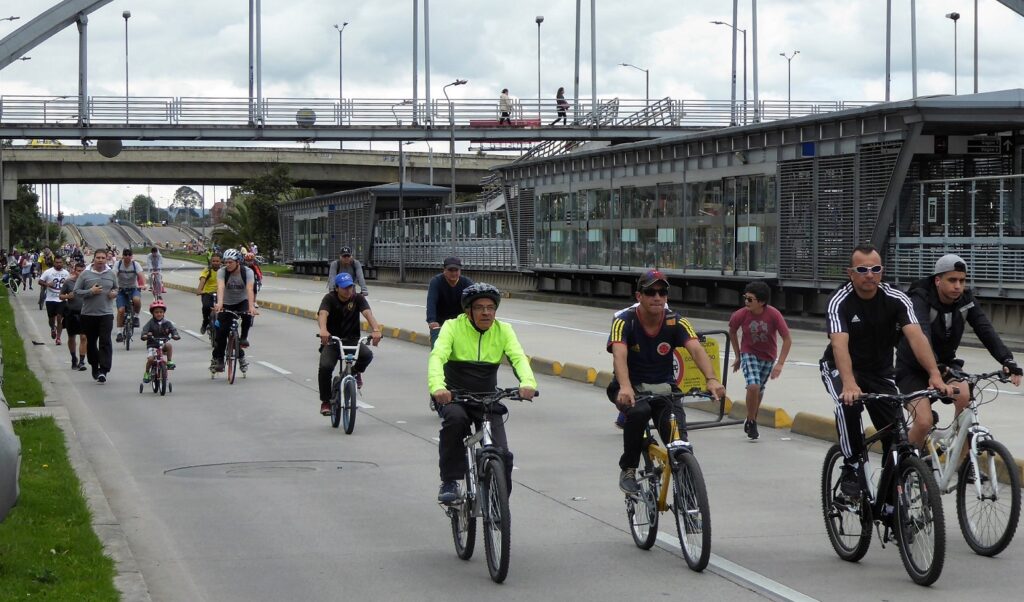
How long will the COVID-19 quarantine last?
And talking of quarantine, the question on everyone’s mind is: for how much more will be locked down? Bogota’s lockdown started on March 20 and continues with the national initiative until April 13. But then what?
While most people support the isolation measures, halfway into lockdown there is a lack of certainty creating mental limbo on top of the economic hardships at both street and macro level. Could we last the biblical cuarenta (40) days?
This week Bogotá’s mayor Claudia López said that the capital’s citizens were complying with the quarantine “75%” and should “get it in their heads that the quarantine could last more than three months“.
In a slightly softer message, Colombia’s President Duque told TV viewers on Sunday that the state will keep some current measures and “design others” for after April 13, and that “the post-isolation plan will revolve around the preservation of the greatest number of lives.”
Coronavirus: what were they thinking?
What happens next depends on what the COVID-19 infection data shows these coming weeks. What we do know is that so far Colombia’s COVID-19 response has followed the advice of international experts leading the response, such as the WHO, and has been an early adopter of enforced isolation.
Duque’s team will also be watching closely how the outbreak evolves in other worse-hit countries.
Braking the coronavirus outbreak
From that we know that strict quarantine is showing signs of slowing the deadly outbreak in Italy, for example. And strict social distancing could be behind an early drop in the growth of coronavirus cases in Ireland, where cases are still low in numbers.
But some bad news from Hong Kong is that early easing of lockdowns there quickly led to an upsurge in cases, leading to a rapid return to clamp-down.
Hong Kong and China are now trying a series of short sharp quarantines interspersed with easing of restrictions and localised lockdowns in zones where cases have surged.
This means quick mass testing and fast reactions by health authorities, the goal being to ease restrictions while continuing to slow the virus spread so as not to overload health systems – thus saving lives – meanwhile encouraging herd immunity and buying time until a vaccine or cure comes along.
Given the economic problems caused by long-term lockdowns, the Hong Kong model could be the way forward and maybe what Colombia’s experts already have in mind.
COVID-19 antibodies are best
Some good news is that the COVID-19 is slow to mutate. This makes an eventual vaccine more effective, but also suggests people previously infected can recover and return to normal life with their natural antibodies – which people form while fighting the virus – to protect them from further disease.
This requires the newer “antibody tests”, now being rolled out, which tell doctors if someone has been infected in the past, even if they were not aware.

In fact, some countries like Germany are already proposing mass testing and “antibody certificates” whereby people can return to work if proven to be naturally immune.
Antibody testing could also answer the burning question: Exactly how many of us caught the COVID-19 in Colombia but never knew? These tests will hopefully get to Colombia and show us the way forward.
Colombia’s coronavirus website www.coronaviruscolombia.gov.co
is now up with a host of useful info, latest data, advice on benefits, virtual schooling for kids, where to donate money etc.



